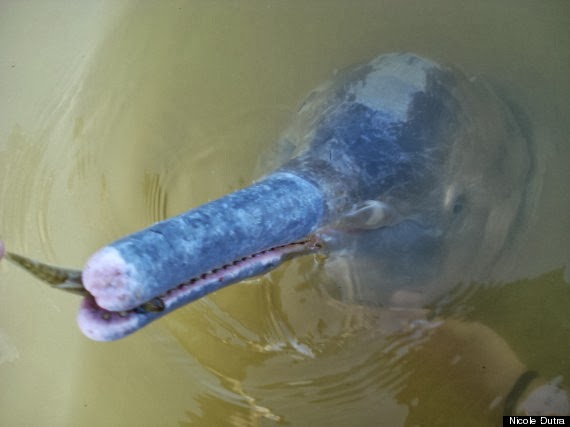 |
| Upupa epops |
The call is typically a trisyllabic oop-oop-oop, which gives rise to its English and scientific names, although two and four syllables are also common.The Hoopoe also enjoys taking dust and sand baths. Hoopoe was found in Dhaka, Chittagong, Camilla, Sundarban,
Tiger point, Bangladesh during December 2013 to April 2014.
Scientific name: Upupa epops (Linnaeus, 1758)
Common name: Hoopoe
French name: Huppe fasciée
Order: Coraciiformes
Family: Upupidae
Size: Body size: 26 to 28 cm; Wingspan : 42 to 46 cm; Weight : 55 to 80 g
Habitat: Open country with short-grass meadows, hedgerows, orchards especially with very old trees.
Food: Insect larva, spiders, slugs, snails, centipede mainly
caught on the ground. It is fond of insects hidden inside cowpats. It
may also catch insects in crevices on tree barks.
 |
| Upupa epops |
Common diet items include crickets, locusts, beetles, earwigs, cicadas, ant lions, bugs and ants.
Nesting: The nest is located in a hole in an old tree or in an
old wall. It is untidily lined with straw and rubbish. Females lay 5 to 7
eggs between April and June. The very bad smell coming from juveniles'
excrements is a way to locate and find nests.
Migration: Populations of temperate Europe and temperate Asia arrive in March-April and fly back southwards in August-September.
 |
| Upupa epops |
Geographic area: Temperate Europe and temperate Asia, North Africa, India, south-east Asia and sub-Saharan Africa.
The Hoopoe is monogamous, although the pair bond apparently only lasts for a single season.They are also territorial,
with the male calling frequently to advertise his ownership of the
territory. Chases and fights between rival males (and sometimes females)
are common and can be brutal. Birds will try to stab rivals with their bills, and individuals are occasionally blinded in fights
Correspondence to muzammel3@gmail.com








